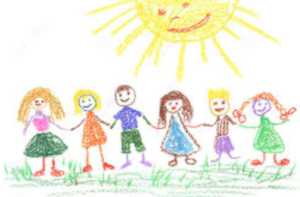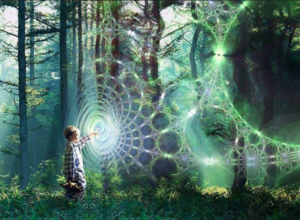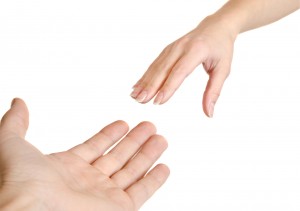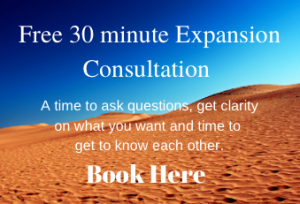We all know people who provoke in ways that enrage and exasperate us. Those who seem to thrive on driving people away. What if we admitted that we were provokers too? That sometimes we provoke the ones we love when really we are really wanting love? What if we admit that people are distancing themselves from us? What if we admit and embrace the provoker within? What if we make the decision to part of the resolution rather than provoking another problem?
Robert Firestone, well known therapist and author of The Fantasy Bond, shares his perspective that provocation is part of a defense mechanism. A false boundary that limits our ability to pursue or accept real love and connection. A good example is Fanny who always takes over a conversation. She talks too much and makes assumptions about what other people are thinking. She notices that people are avoiding her. She wonders what is wrong them and decides she is better off just being alone.
So what can we do when if we find ourselves provoking? We can observe our behavior, breathe and take a moment to ask ourselves if we like the effect we are having. Are we are making assumptions about the other person? Are we listening? Are we asking the other person what they are thinking?
Often we are unaware of how we are provoking the people around us. In an addicted society provoking is a familiar way to keep deep connection and love away. We do have the ability to observe and notice when we are starting a downward spiral into wanting to provoke. We can identify snapshots of memories that triggered us. We can awaken in those moments that we decided to hold back and assemble provocation by being…
- contrary
- angry
- a liar
- opinionated
- sullen
- playing mind games
- interrupting
- bullying
- judging
- arguing
- criticizing
- whining and complaining
- always late
- dramatizing
- withholding
- sarcastic
- talking too much
- self focus
- not listening
- mean
- insensitive
- worrying
- trying to be right
- complaining
- focused on the problem rather than the solution
We can rewire those choices and take the drivers seat. We can end the habit of provoking in the following ways…
- Observing and admitting our motivations for what we do and say. Let go and make new choices.
- Treat our provocation as a habit we can change. (1) Observe and notice what triggers us to provoke. (2) Make a detailed list of thoughts, feeling and behaviors we assemble whenever we find ourselves provoking. (3) We then can make a detailed list of thoughts and behaviors we could do instead of proceeding with the provocation. (4) Practice releasing the habit.
- Go through withdrawal like we would do with any other habit. Letting go may be uncomfortable at first as we are going into the unknown.
- Let our trusted friends know that our intention is to bring love and connection into our relationships. Ask them to support us if we start to provoke.
- Read The Fantasy Bond by Robert Firestone for increasing awareness of why we provoke.
- Release limiting beliefs..
- Move and circulate our energy. Walk, dance, do yoga, meditate, sing and whatever keeps us open to new possibilities. Practice letting go and feeling joy.
About the author:
Crystal is a certified expansion guide with the Total Integration Institute. An author, multidimensional coach and facilitator for the live event called Freedom at the Core. She is the instructor and coach for her online course, Freedom From the Inside Out. She draws from her own experience and the experience of the thousands of people she has worked with over the past 35 years. Crystal is known for the fun and empowering way she supports people in bringing forth the experiences they want in their lives. Currently she is writing a series of children’s books that embrace the principles of living freedom.




















December 27, 2019
0 Comments